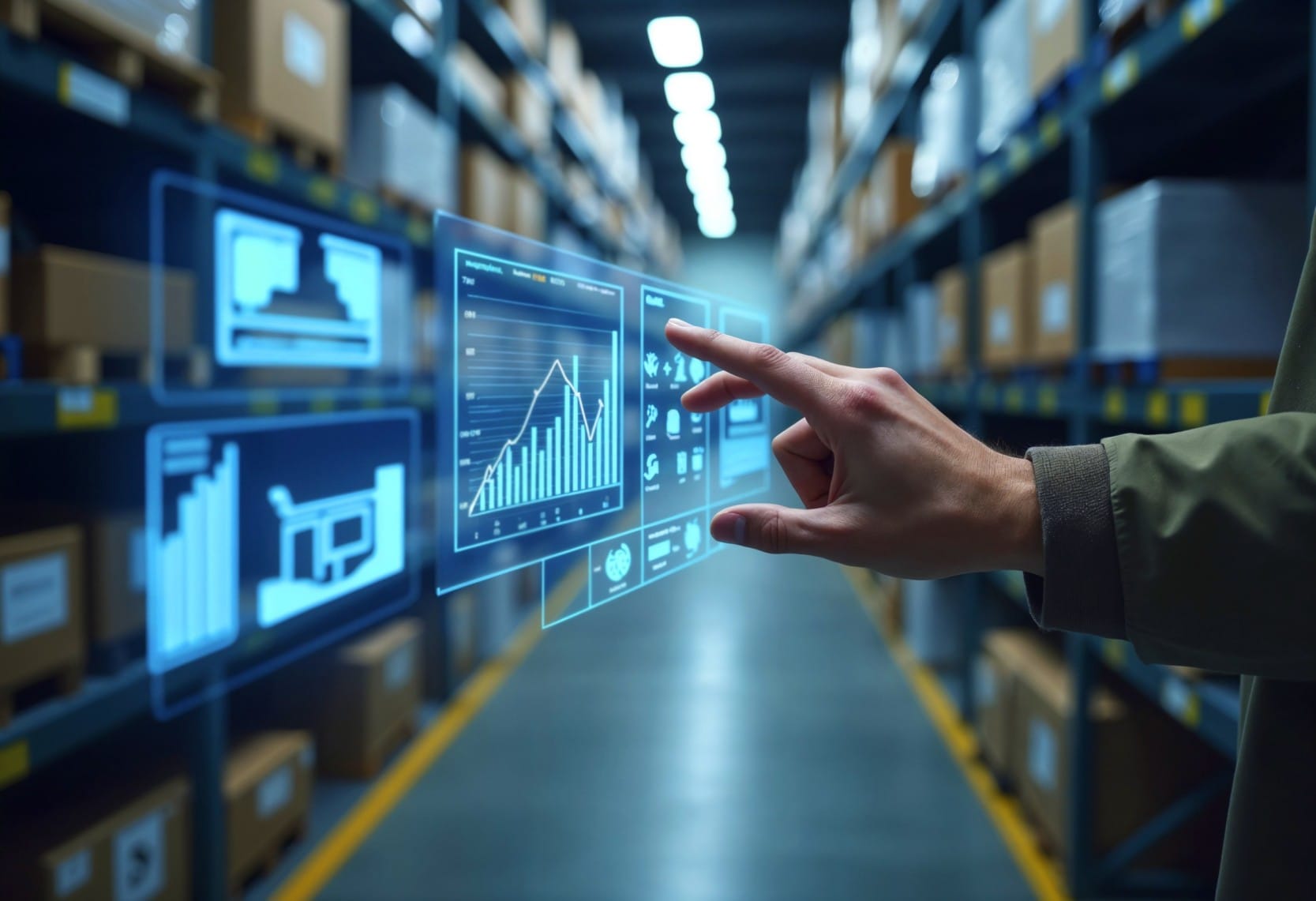You need an integrated ERP and HRM software to handle your business activities efficiently. For example, HRIS software helps to manage employee profiles, track leave, and create workflows in one system.
When you handle these systems separately, reliability and accuracy problems can occur. Thus, HRIS software is a lifesaver!
In this guide, you will learn why companies need integrated ERP and HRM software for efficient workforce management.
Why Are Integrated ERP and HRM Essential For Workforce Management In Sri Lanka?
Based on the business updates, it is crucial to integrate ERP (Enterprise Resource Planning) and HRM (Human Resource Management) systems.
Doing so helps to enhance workforce management and ultimately drives more business success, as discussed below.
Enhance The Efficiency
When ERP and HRM systems work together through HRIS (Human Resource Integrated Software), it helps to reduce redundant activities such as manual data entry. Thus, the employees will handle the critical business activities. tasks
For example, instead of having separate payroll, recruitment, and inventory management systems, imagine an integrated system to support all of these tasks. Wouldn’t it be efficient? When an employee is hired, the employee information will be updated across all these systems simultaneously.
Improve The Data Accuracy
When multiple systems are used, the data accuracy is comparatively less. Specific systems may even have outdated information.
Hence, when these are put into HRIS software, they help avoid costly mistakes (and may even save you many pennies from making huge mistakes) and ensure the information is consistent across these systems.
Better User Experience
When the information is handled in one centralized performance, it helps to access it effectively. For example, employee information, leave management, payroll, and more can be accessed in one place.
This process has more transparency, trust, and engagement to create a better user experience for the employees.
Compliance With Local Regulations
Compliance with local regulations plays a significant role in workforce management. In an integrated HRIS system, ERP can help automate compliance processes and ensure the organization follows labor laws and reports.
Instead of handing over this responsibility to someone as a whole, it helps to oversee and track the work effectively, which can also save you from penalties!
Data Analytics
In an HRIS system, you can get real-time analytics to track workforce management’s KPI (key performance indicators).
For example, you can check the high turnover rate in a specific department and take ideal actions. Alongside, here are some expected outcomes through data analytics:
- Identify trends
- Forecast needs
- Enhance overall productivity.
Final Thoughts
In conclusion, integrating ERP and HRM/HRIS systems helps you manage your workforce efficiently in Sri Lankan companies.
Thus, it would increase efficiency, accuracy, employee experience, compliance, analytics, and more to streamline your business activities. If you want trustable HRIS software, contact Blue Lotus 360 in Sri Lanka for more information TODAY!
We hope this guide helped you to understand the importance of integrating ERP and HRM/HRIS systems for efficient workforce management!














